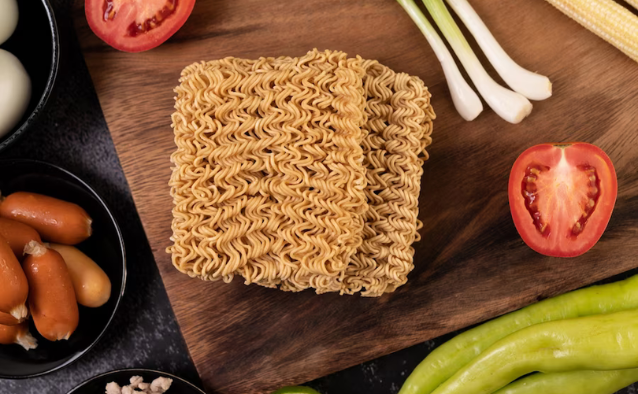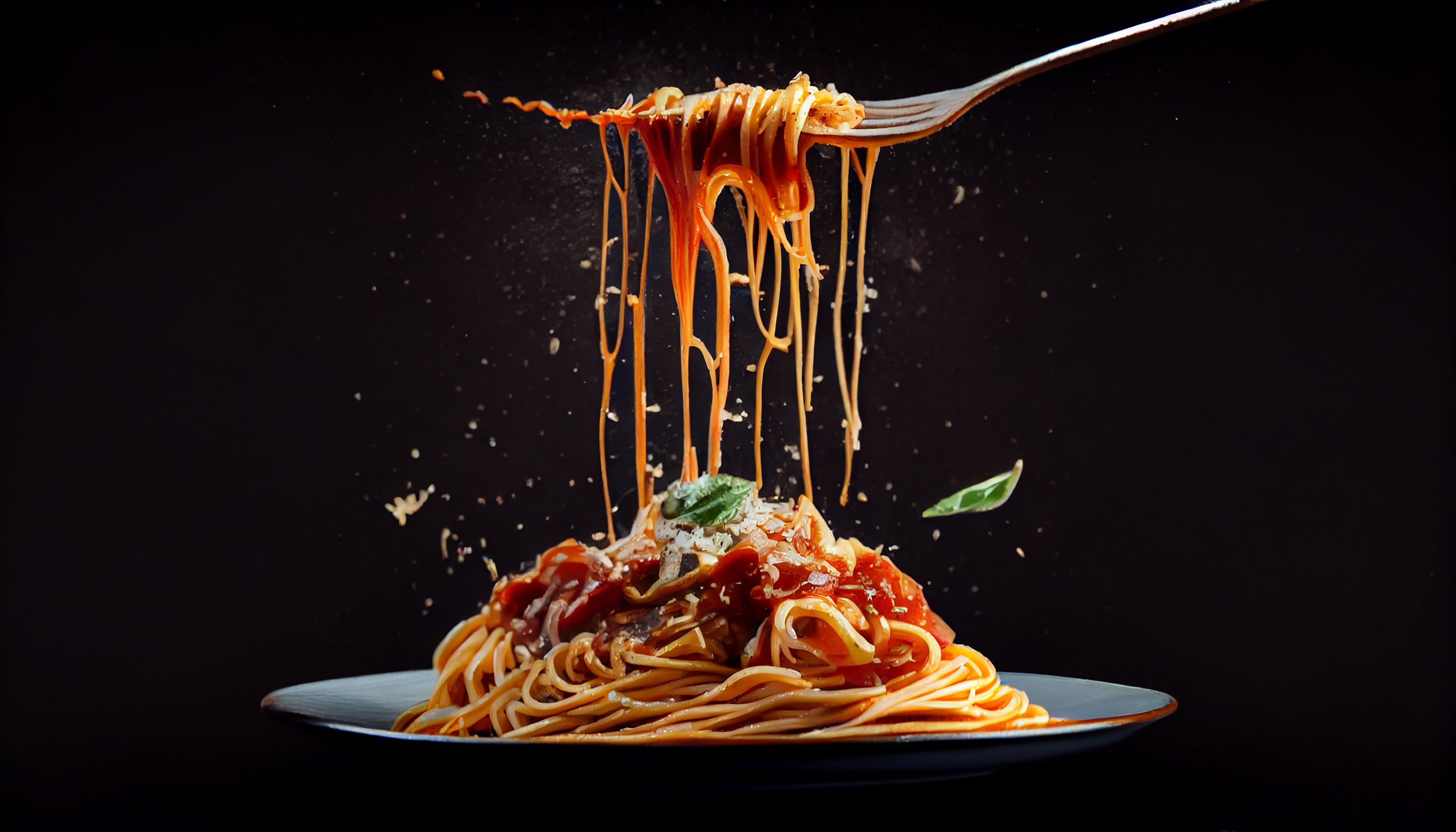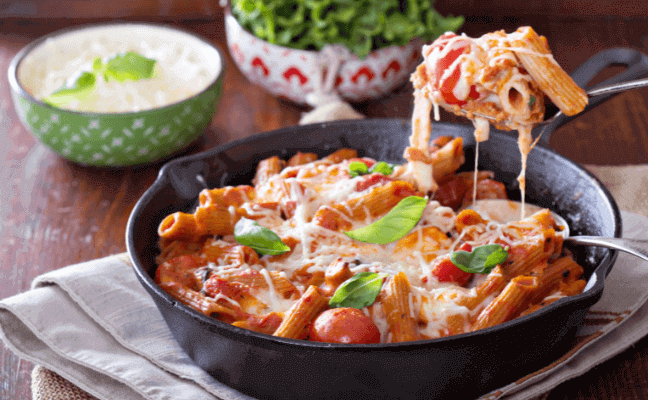Table of Contents:
-
Introduction
-
Unveiling the Hakka Noodles
-
The Perfect Hakka Noodles Recipe
-
Creating Veg Hakka Noodles Magic
-
Savoring Egg Hakka Noodles
-
Adding Spice with Schezwan Hakka Noodles
-
Healthier Choice: Whole Wheat Hakka Noodles
-
Conclusion
1. Introduction
Hakka noodles, a staple in many Asian cuisines, have gained widespread popularity owing to their versatility and delightful taste. This article delves into the world of Hakka noodles, exploring their origins, variations, and how they have carved a niche in the culinary realm. From traditional recipes to contemporary twists, we unveil the secrets of making Hakka noodles a beloved culinary delight.
A brief overview of Hakka noodles and its popularity
Hakka noodles, a Chinese-inspired dish, have transcended cultural boundaries to become a beloved staple in many parts of the world. The irresistible combination of springy noodles, vibrant vegetables, and an array of sauces makes it a go-to choice for many food enthusiasts.
Mention of the versatility of Hakka noodles in various cuisines
The adaptability of Hakka noodles is remarkable, seamlessly integrating into various culinary traditions. From the bustling streets of China to the vibrant markets of India, Hakka noodles effortlessly marry flavors, making them a canvas for innovation in countless kitchens globally.
2. Unveiling the Hakka Noodles
An explanation of what Hakka noodles are
Hakka noodles, characterized by their unique texture and thickness, are a type of Chinese egg noodle. Unlike other Asian noodles, they possess remarkable elasticity, providing a delightful chewy mouthfeel. Typically, they are made from wheat flour and eggs, resulting in a slightly yellow tint.
Historical background and origins of Hakka noodles
Originating from the Hakka community in China, these noodles have a rich history dating back centuries. The Hakka people, known for their culinary expertise, developed this distinctive style of noodles, and it eventually gained popularity in various regions, including Southeast Asia and India.
Discussing its different types and variations
Hakka noodles have evolved over time, adapting to different tastes and preferences. Variations range from the classic veg Hakka noodles to the indulgent egg Hakka noodles. Additionally, Schezwan Hakka noodles and whole wheat Hakka noodles cater to those seeking a unique twist or a healthier option.
3. The Perfect Hakka Noodles Recipe
Introduction to the basic Hakka noodles recipe
The fundamental Hakka noodles recipe is a delightful mix of boiled noodles, sautéed vegetables, and an array of savory sauces. The essence lies in achieving the perfect balance of flavors and textures.
A detailed step-by-step guide on how to prepare Hakka noodles
Boiling the noodles: Cook the Hakka noodles in boiling water until they are al dente. Drain and set aside.
Sautéing the vegetables: Heat oil in a pan and stir-fry your choice of vegetables until slightly tender.
Adding the noodles and seasoning: Toss the cooked noodles into the pan and add sauces and seasonings. Stir well to combine.
Highlighting the Hakka noodles recipe ingredients
-
Hakka noodles
-
Mixed vegetables (carrots, bell peppers, cabbage, etc.)
-
Soy sauce
-
Ginger-garlic paste
-
Green chilies
-
Olive oil
-
Salt and pepper to taste
4. Creating Veg Hakka Noodles Magic
Discussing the popularity and appeal of veg Hakka noodles
Veg Hakka noodles, a vegetarian delight, have gained immense popularity due to their colorful and aromatic composition. The medley of fresh vegetables and robust flavors makes it a top choice for vegetarians and noodle enthusiasts alike.
Providing a detailed veg Hakka noodles recipe
Ingredient preparation: Gather a variety of fresh vegetables, chop them finely, and set aside.
Stir-frying the vegetables: In a wok, heat oil and stir-fry the vegetables until tender yet crisp.
Noodle incorporation: Add the cooked Hakka noodles and toss them with the vegetables.
Sauce infusion: Mix in soy sauce, chili sauce, and seasoning to enhance the flavor.
Highlighting key ingredients and cooking methods
-
Assorted vegetables (bell peppers, carrots, beans, etc.)
-
Hakka noodles
-
Soy sauce
-
Chili sauce
-
Olive oil
-
Ginger-garlic paste
-
Spring onions
-
Salt and pepper to taste
5. Savoring Egg Hakka Noodles
Introduction to egg Hakka noodles and their unique taste
Egg Hakka noodles stand out for their delightful combination of rich, silky noodles and the distinctive taste of eggs. The eggs add a velvety texture and enhance the overall flavor profile of the dish.
Presenting a delicious egg Hakka noodles recipe
Noodle preparation: Cook the Hakka noodles, ensuring they are just tender. Drain and set aside.
Egg infusion: In a pan, scramble eggs and set aside.
Sautéing and seasoning: Sauté vegetables; add the eggs and cooked noodles. Season to taste.
Outlining the necessary ingredients and cooking instructions
-
Hakka noodles
-
Eggs
-
Mixed vegetables (capsicum, peas, carrots)
-
Soy sauce
-
Olive oil
-
Ginger-garlic paste
-
Salt and pepper to taste
6. Adding Spice with Schezwan Hakka Noodles
Introduction to Schezwan Hakka noodles and their distinct flavor
Schezwan Hakka noodles are a fusion of the fiery Schezwan sauce and the comforting essence of Hakka noodles. The spicy undertones and bold flavors make this a favorite for those seeking an extra kick in their noodles.
How to make Schezwan noodles
- Preparation of Schezwan sauce: Blend red chilies, garlic, ginger, and other spices to create the iconic Schezwan sauce.
- Stir-frying the noodles: Sauté the cooked noodles with vegetables and the prepared Schezwan sauce.
- Garnishing and serving: Sprinkle chopped spring onions and serve hot.
Emphasizing the ingredients and steps to create this spicy delight
-
Hakka noodles
-
Schezwan sauce
-
Mixed vegetables (onions, bell peppers, cabbage)
-
Olive oil
-
Spring onions for garnish
7. Healthier Choice: Whole Wheat Hakka Noodles
Discussing the benefits of whole wheat Hakka noodles
Whole-wheat Hakka noodles offer a health-conscious alternative without compromising on taste. Packed with fiber and nutrients, they cater to those aiming for a balanced and wholesome meal.
Offering a recipe for whole wheat Hakka noodles
Boiling the noodles: Cook the whole wheat Hakka noodles according to package instructions. Drain and set aside.
Sautéing with vegetables: Stir-fry a medley of vegetables in a wok.
Incorporating the noodles: Add the cooked whole wheat Hakka noodles and toss well to combine.
Showcasing the ingredients and cooking process
-
Whole-wheat Hakka noodles
-
Mixed vegetables (broccoli, zucchini, bell peppers)
-
Olive oil
-
Ginger-garlic paste
-
Soy sauce
-
Salt and pepper to taste.
8. Conclusion
In conclusion, Hakka noodles and their diverse variations hold a special place in the hearts and taste buds of many food enthusiasts. Originating from the Hakka Chinese community, these noodles have found their way into global cuisines, captivating with their unique taste and versatility.
The love for Hakka noodles stems from their delightful blend of chewy texture and ability to absorb a medley of flavors. Whether it's the classic stir-fried Hakka noodles or the soupy Hakka noodle soup, there's a version to suit every palate. From vegetable-loaded versions to those with succulent meats or seafood, the possibilities are endless.
Encouraging readers to explore the realm of Hakka noodles and experimenting with various recipes and flavor combinations can be a delightful culinary adventure. Toss in your favorite veggies, proteins, or spices to create a personalized Hakka noodle masterpiece.
Let's celebrate the love for this versatile dish and the joy it brings to our taste buds. Happy cooking!








.png)
.png)

.jpg)
.png)







.png)
